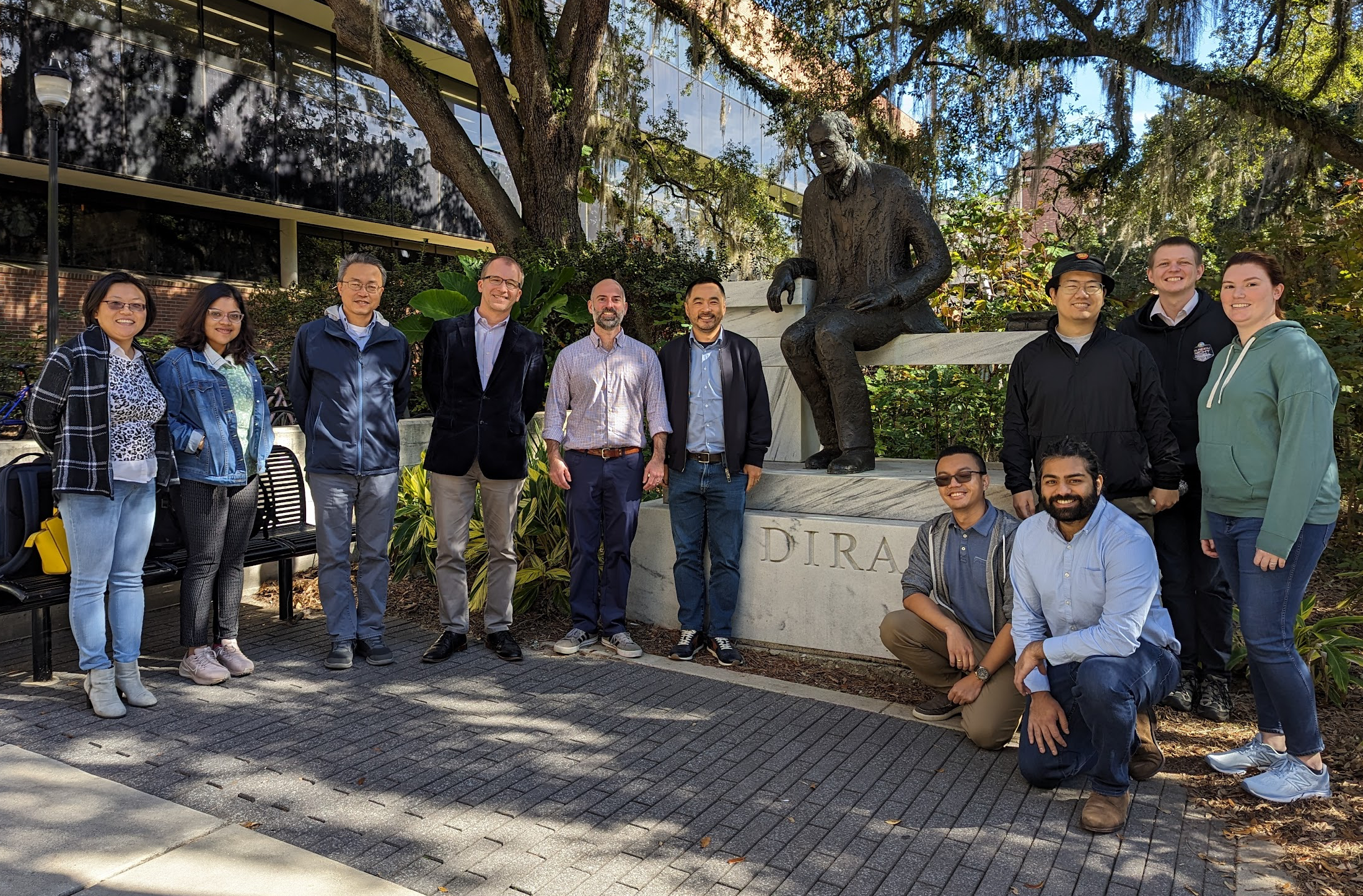Relativistic many-body electronic strucure theory in the time domain

Mission:
The mission of the EvolveMB project is to advance our understanding of the spin-dependent dynamics of many-electron systems driven far from equilibrium through predictive relativistic quantum dynamics simulations.
Motivation:
There is a growing need in the computational chemical sciences for accurate first-principles descriptions of the relativistic quantum dynamics of many-electron systems. This need is driven by emerging quantum technologies that take on an ever-increasing role in material design, as scientists and engineers seek to manipulate spins or generate new states of matter toward a variety of goals, including light harvesting, super conductivity, and quantum information science. Fundamental to these scientific and technological applications are the correlated many-electron dynamics of systems driven far from equilibrium, the accurate and efficient description of which represents a grand outstanding challenge in computational chemistry, especially when considering spin-dependent processes (e.g., spin-coherence, spin-entanglement, intersystem crossing, etc.).
Goals:
The EvolveMB team is developing quantum dynamics software that incorporates predictive relativistic correlated electronic structure methods built upon the full Dirac-Coulomb-Breit Hamiltonian. We are pursuing time-dependent and relativistic formulations of the equation-of-motion coupled-cluster and multireference configuration interaction methods. The steep computational costs of these approaches can be mitigated through advanced wave function compression techniques (e.g., via machine learning, tensor decompositions, etc.), and via deployment in massively-parallel computing environments such as those at Department of Energy Leadership Computing Facilities.
This project is supported the U.S. Department of Energy, Office of Science, Office of Advanced Scientific Computing Research and Office of Basic Energy Sciences, Scientific Discovery through the Advanced Computing (SciDAC) program under Award No. DE-SC0022263.
This project used resources of the National Energy Research Scientific Computing Center, a DOE Office of Science User Facility supported by the Office of Science of the U.S. Department of Energy under Contract No. DE-AC02-05CH11231 using NERSC award BES-ERCAP0020689.
